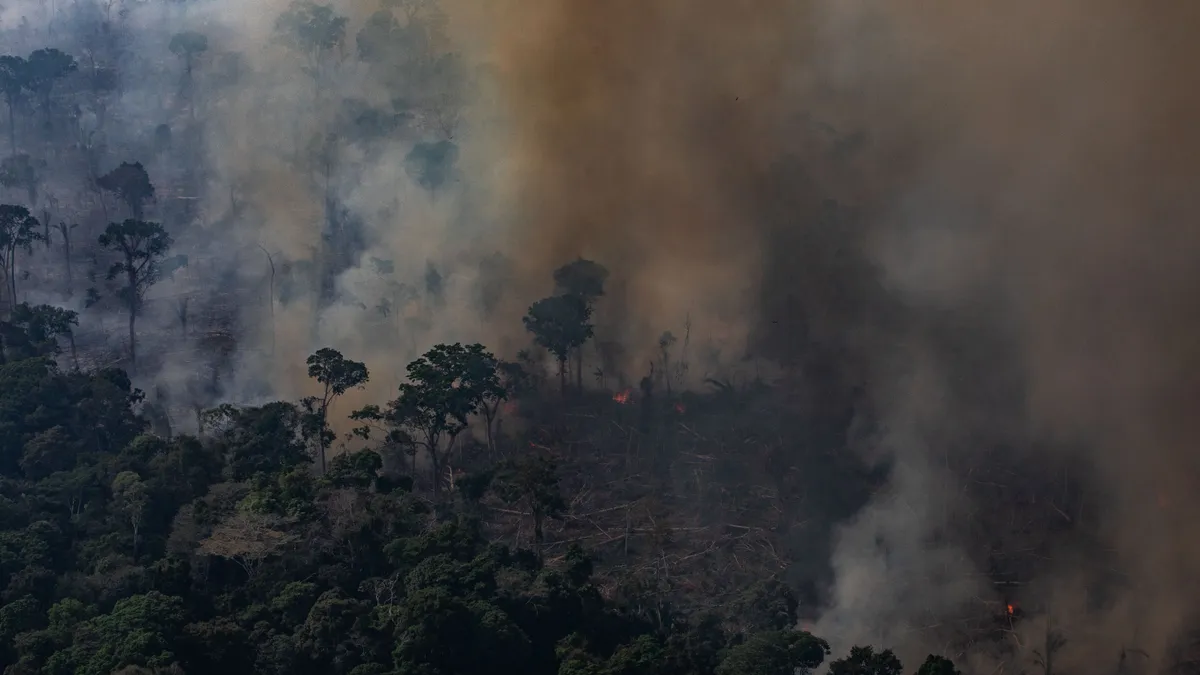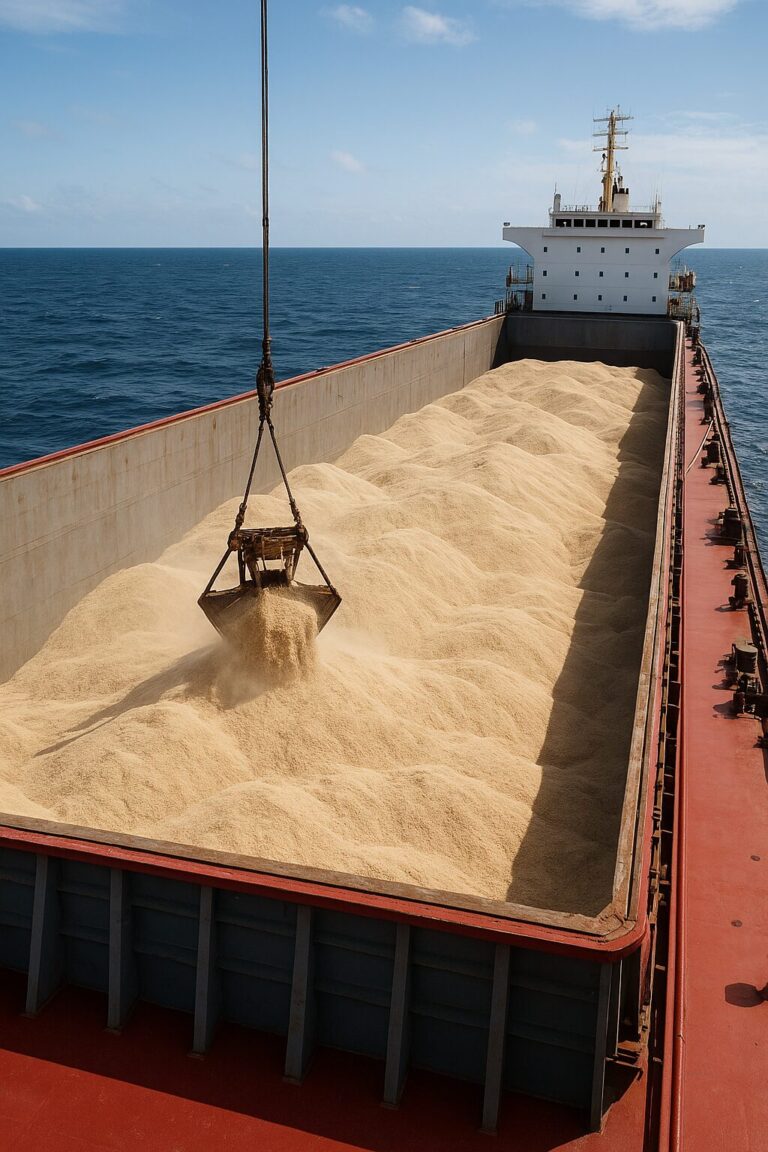Burning fields have sparked concerns over the global sugar supply, a shortage that would have far-reaching repercussions.
Brazil, the world’s leading sugar exporter, is facing an unprecedented outbreak of fires in its sugarcane fields. And as a result, consumers are facing a not-so-sweet price hike.
The ingredient’s prices have surged by 4.2% and the fires have disrupted the entire supply chain. Brazil’s largest sugar group Raizen SA estimated that about 1.8 million tons of its sugarcane, including what it sources from suppliers, had been affected by the fires, amounting to about 2% of the total expected yield for 2024/25, according to Reuters.
The gravity of this year’s fires have the potential to be much heavier than previous ones in 2021, according to a Bloomberg interview with Mauro Virgino, trading intelligence lead at Alvean.
On Aug. 29, the ingredient faced a five-week price high. And around 80,000 hectares of sugarcane fields were burned in the last week, according to data from Orplana, an association of sugarcane growers. That accounts for a little over 1% of Center-South’s cane area of 7.65 million hectares.
The fires have been yet another negative factor for the world’s largest sugarcane producer.
“Environmental issues, driven by climate change, present significant challenges for the future of the sugarcane industry,” Ofir Ardon, chief business officer at crop supply intelligence company Agritask, said in an emailed statement to Food Dive. “These include droughts that reduce yields, extreme heat at night that slows sugar accumulation, increased pest and disease infestations, and heavy rains that increase the risk of floods and soil degradation.”
The cane sugar market is already strained with more consumers turning to alternative sweeteners.
Most consumers (55%) are concerned about their sugar intake, according to a HealthFocus International report, and sugar reduction is the number one dietary trend globally.
Products such as sweet proteins, stevia leaf extracts and monkfruit, among others are taking precedent to cater to the needs of consumers.
Although the direct land hit from the fires is small, experts said that mills will still lose sugar production from those burned fields next year, according to a Reuters report. Sugarcane is usually allowed to regrow five times before it is replanted at a significant cost to the producer, according to AgNews. Some of the fires destroyed fields that had already been harvested.
Source: https://www.agriculturedive.com/news/brazil-sugarcane-crops-fire-farms/726967/




